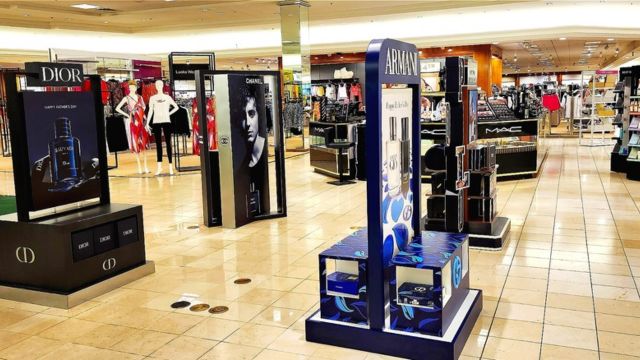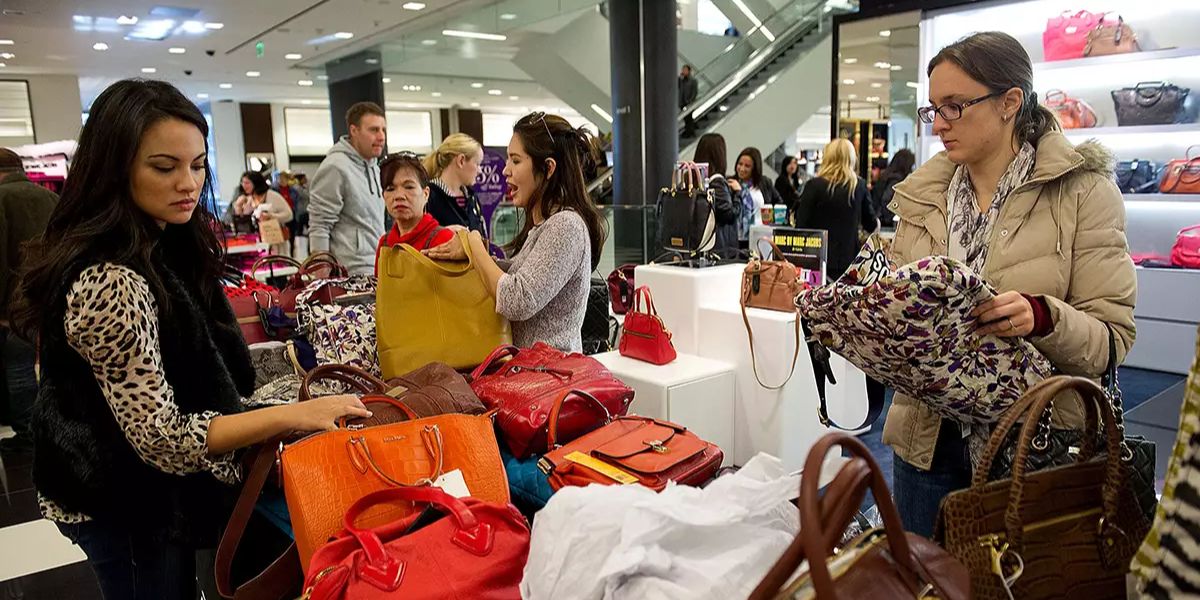In a significant move that’s sending shockwaves through California’s luxury retail scene, a well-known luxury department store has announced the closure of its iconic flagship location.
Located in one of California’s most prestigious shopping districts, this store has long been a hub for high-end fashion, exclusive designer collections, and luxury shopping experiences. Now, with the news of its closure, many are left wondering what this means for shoppers and the broader retail landscape.
The End of an Iconic Location
The flagship store, a staple for both tourists and locals alike, has been a prominent fixture in California’s luxury retail scene for years. It offered an extensive selection of designer clothing, accessories, beauty products, and home goods, attracting high-end clientele from around the world. For many, it was a symbol of the state’s refined taste and the luxurious lifestyle that the region is known for.
The company behind the store has cited changing consumer shopping habits, the growing dominance of e-commerce, and shifting retail trends as key reasons behind the decision to close the flagship location. With more people shopping online and spending less time in physical stores, the company has decided to refocus its efforts on a more sustainable retail model that caters to the evolving needs of today’s consumers.
Impact on Local Shoppers
For local shoppers, the closure of this flagship store means the loss of an easy, in-person destination for luxury goods and exclusive designer collections. California residents who have relied on this store for seasonal updates, fashion advice, and personalized shopping experiences will now have to seek alternatives.
While the brand has assured customers that they can still shop online and access exclusive items through their other locations, the hands-on experience of browsing through luxurious displays, trying on items, and receiving in-person customer service is something that many will miss.
For those who enjoy the in-store shopping experience, this loss might feel like a blow to the local shopping culture. Luxury shoppers often seek a higher level of service, and flagship stores are known for offering an unmatched experience, including personal stylists, custom fittings, and exclusive access to private events.
What’s Next for the Brand?

While the flagship store is closing, the company has reassured its loyal customers that this is not the end of its presence in California. The brand plans to continue serving its customer base through its other locations, including smaller retail outlets and boutique stores in the region. Additionally, the company’s e-commerce platform will be a primary focus moving forward, providing shoppers with easy access to their extensive product range from the comfort of their homes.
To further engage customers, the luxury department store is also expected to explore partnerships with high-end retailers and exclusive collaborations that may appear in pop-up stores or temporary spaces throughout California. The closure of the flagship store doesn’t necessarily mark the end of the brand’s presence in the area; rather, it signals a shift toward a more flexible, digitally-driven business model.
Shifting Trends in Luxury Retail
New York Hit by Another National Chain’s Store Closures
Connecticut Hit Hard as Game Store Chain Closes Half a Dozen Locations
The closure of this flagship store reflects broader trends in the luxury retail industry. Over the past several years, there has been a noticeable shift toward digital shopping as consumers increasingly turn to online platforms to make their luxury purchases. Many shoppers now prefer the convenience of browsing from home, and retailers have responded by ramping up their digital offerings, including virtual personal shopping services, direct-to-consumer deliveries, and even augmented reality (AR) features that help buyers visualize how products will look before purchasing.
This shift in consumer behavior has made it difficult for some brick-and-mortar stores to justify the costs of maintaining large physical locations. The closure of flagship stores like this one is a reflection of how the retail industry is adapting to the changing times, embracing technology, and experimenting with new ways to meet customer demands.
Alternatives for Shoppers
For those who loved the convenience and luxury of this flagship store, there are still plenty of high-end shopping options in California. Many other luxury department stores, boutique shops, and designer outlets continue to thrive in key locations like Los Angeles, San Francisco, and Beverly Hills. Shoppers can still enjoy the experience of browsing high-end fashion and finding exclusive pieces, but they may need to explore different venues.
Additionally, the rise of online luxury retailers and services like personal shopping apps and virtual consultations means that shoppers can still access the same designer collections from the comfort of their own homes. Many of these platforms offer curated selections, free shipping, and the ability to schedule virtual appointments with stylists to receive tailored recommendations.
What Does This Mean for the Future of Retail?
The closure of a luxury flagship store raises important questions about the future of physical retail spaces. With the growing trend of e-commerce and more personalized online shopping experiences, many traditional retailers are finding it challenging to maintain large, expensive store locations. Flagship stores, once seen as vital to a brand’s presence and prestige, are increasingly being replaced by more flexible, cost-effective solutions like smaller pop-up shops, curated events, and online services.
For shoppers, this could mean a more accessible and streamlined shopping experience, with the ability to shop whenever and wherever they want. However, it could also lead to the loss of the sense of exclusivity and tactile experiences that many people enjoy when shopping for luxury goods.
The closure of this iconic luxury department store in California marks the end of an era for the local retail scene but also signals a broader shift in the retail landscape. While loyal shoppers may miss the in-person shopping experience, the transition to a more digital-centric model reflects the way consumer habits are evolving. The brand’s commitment to serving customers online, through smaller locations, and via exclusive partnerships shows that while flagship stores may be closing, luxury shopping isn’t going anywhere—it’s simply changing to meet the needs of a new generation of consumers.
As California’s luxury retail scene continues to evolve, shoppers can expect new and innovative ways to access high-end fashion and exclusive products, whether in-store or online.




